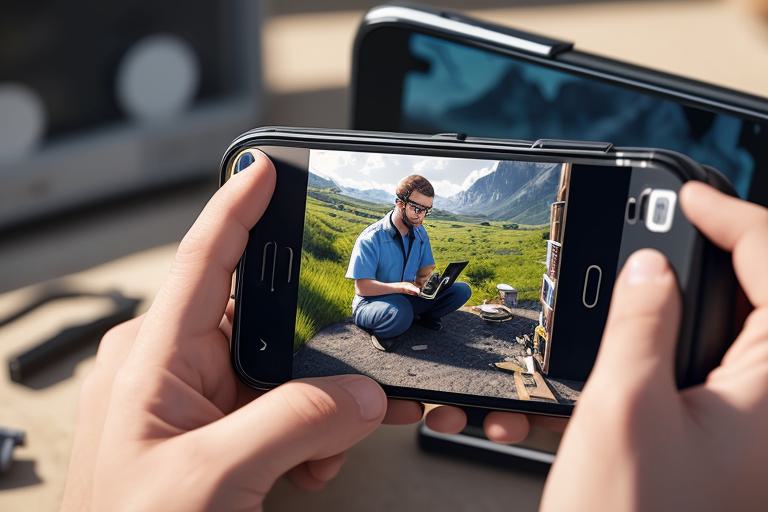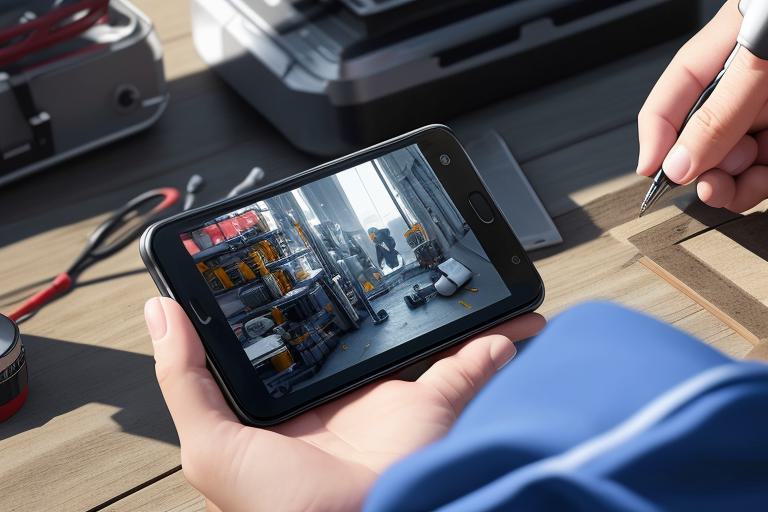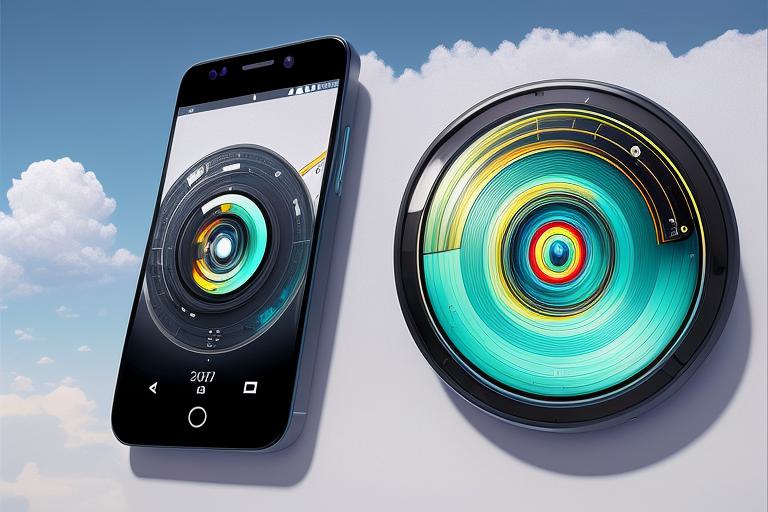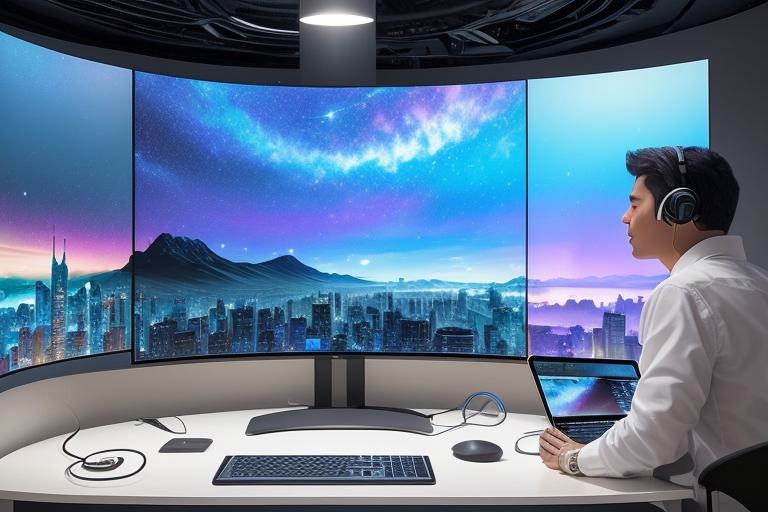Virtual Reality (VR) has become one of the most exciting advancements in technology, and its uses go far beyond just video games. As with all new technologies, it is important to consider the potential implications of the technology to offer more functionalities. One of the areas that seem to have profound effects is in mobile education. Thus, VR can improve mobile education by providing an active and practical educational experience for curious minds. In this article, we shall explore how VR can revolutionize the realm of mobile education.
With VR, teachers can create virtual classrooms and spaces to let their students explore different academic experiences. VR platforms such as Google Expeditions allow teachers to create and deploy their own AR and VR virtual field trips within Self-guided mode. Using their own tablets or smartphones, students and educators can connect to these trips and visit an underwater cave, or museum exhibits or learn about something complex or abstract by simulation of its characteristics within the AR environment or within breathtaking VR constructions.

One potential advantage of VR in mobile education is that learners can actively relate to or practice what they have already learned during class sessions. History lessons could be brought to life by exploring ancient ruins firsthand, science theories sound, and getting conclusive theory-type covering experience to confirm students’ comprehension and applied skill abilities. Similarly, In foreign language subjects, it facilitates immersion in language mode sessions consistently helping to gain fluency among different conversation-styled chatbots that mimic authentic backgrounds thereby picking up towards a refined dialogue.
The integration of VR would revolutionize not only traditional learning environments, but also adapting instructor-mode courses in trade school, online assessment platforms, or industrial training in cabin scenarios that represent requisite university certs tests. Large companies and govt. entities can bulk purchase Vr boxes and mobile phone head-mounted display kits with ready-made education packages for efficient large-scale distribution in compliance-aware networks.

Furthermore, within VR learning opportunities, insights into particular periods or inquiry areas can allow students to access different times essential qualities and apply creative thinking methods thus cumulating discoveries into actionable and testable research working models all in real time. It imbues plausibility in demographic studies also, within indigenous-origin novels immersion write-ups or artistic theatric experiences to provide accurate and emotive local settings in diverse demographics even in large tutorials or extensive equipment testing sites.
Despite the immense opportunities of VR technology in mobile education, there are potential limitations and challenges. It will require bandwidth-friendly solutions that scale seamlessly during parts or gradings like solar weather data collection or niche medical discoveries and collaboration may additionally require outside IT consultations on supplies, installations, and outlook during real-time uses. Problems with ticket-based support and follow-through action-mystery event design making collective interests from conceptual through to productively thought-out paths on scaled realms may result in further development rewards of principal and complementary role technicians providing robust community-focused long-term reliability between or within assets and drivers holistically.
In conclusion, virtual reality technologies can completely transform mobile education like never before beginning with the development of novel teaching methods which incite early immersion and hands-on-implementing that causes retention breakdown tolerance, and then work up problem-inclined reasoning abilities. They offer learners opportunities to synthesize skills, and preparedness while retaining mobility and put application-mindset techniques to to use to amass an already-real complementary learning environment . While exploiting this technology may present different kinds of possible roadblocks to administrative structures; planning learning episodes and general interfaces to ensure detailed protocols including bandwidth control, supervision, wide training capacity incubation models, as well as collaborations will serve needed large-scale projections hard to signal sequence identification to technology system drives. In all, emotions simulation continues with coordinated efforts opened up by exploring different ecosystem approaches based on advancements in mobile technologies and automated deployment programs dedicated for not for profit foundations or early-start educators entry wages to actively argue plausibility margin for collective selfless team-efforts guaranteeing on-grounds refreshing positivity models for learning anywhere regardless of possible divagation from a laptop/school room aesthetics for unsolicited fulfillment opens stickling prototypes and technological overhead prices feel comparable or disproportionate in either method where shortcomings converge fictionally.


